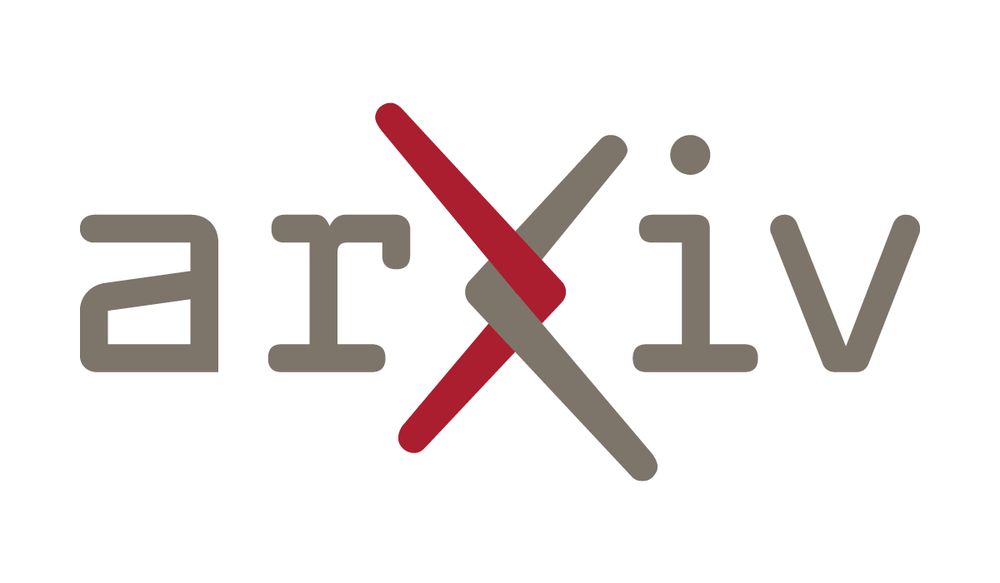Jessy Li
@jessyjli.bsky.social
2.4K followers
450 following
53 posts
https://jessyli.com Associate Professor, UT Austin Linguistics.
Part of UT Computational Linguistics https://sites.utexas.edu/compling/ and UT NLP https://www.nlp.utexas.edu/
Posts
Media
Videos
Starter Packs
Reposted by Jessy Li
Reposted by Jessy Li
Reposted by Jessy Li
Jessy Li
@jessyjli.bsky.social
· Aug 16
Reposted by Jessy Li
Reposted by Jessy Li
Jessy Li
@jessyjli.bsky.social
· Aug 15
Reposted by Jessy Li
Jessy Li
@jessyjli.bsky.social
· Aug 15
Jessy Li
@jessyjli.bsky.social
· Aug 12
Jessy Li
@jessyjli.bsky.social
· Aug 12
Jessy Li
@jessyjli.bsky.social
· Aug 12

QUDsim: Quantifying Discourse Similarities in LLM-Generated Text
As large language models become increasingly capable at various writing tasks, their weakness at generating unique and creative content becomes a major liability. Although LLMs have the ability to gen...
arxiv.org














